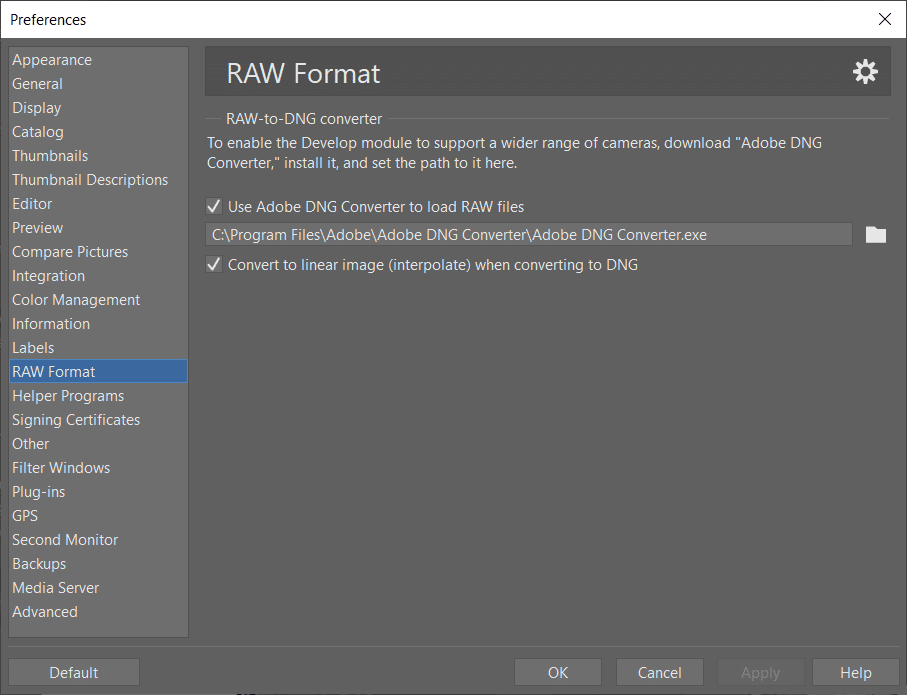
Most of us are going to use a pixel editor like Photoshop later. Better if Nikon had left them out and done only the things best done in a good raw converter. I agree that the functions that mimic Photoshop are best done in Photoshop. Capture NXD is supposed to be the replacement, but lacks the all-important retouch tool (and a great deal else, though it makes very nice conversions). But as it costs money, has a learning curve, was widely disliked, and is no longer supported by Nikon, I can't recommend that anyone adopt it now. This is a decent workflow if one already has Capture NX 2. I retrieve the raw files-which take much longer to transfer-only if needed.

I usually shoot both, but transmit only jpegs via wifi from the capture computer in the basement to the post-processing computer in my second-floor office. An advantage to this is that I can use these settings on jpeg originals as well as raw files. Then when I clean the sensor, delete these settings and start over. If additional dust gets on the sensor, just add those retouches to the saved settings. But so far, my workaround has been to manually retouch one raw image in Nikon Capture NX 2, save this work as "saved settings," and apply those settings to subsequent images via batch process. I could add a so-called CPU to the Bratcam-shouldn't be difficult. But this is an annoyance with a workflow in which I normally touch the camera only twice in a day-once to turn it on, and once to turn it off. I could, of course, remove the clamps that hold the camera firmly in place, then dismount the camera, put a CPU lens on it, take the dust-off reference image, and reverse the process. The Bratcam looks to my Nikon bodies like a "non-CPU" lens, and Nikon, for whatever reason, only permits the acquisition of dust-off reference photos with a "CPU" lens. In anticipation of that, here goes: Getting a fresh one is an interruption in my workflow.

I might more accurately have written: "It has a very nice retouching tool.that I use to touch up hot pixels and dust that were not present in my dust-off reference photo."īut that would have invited an explanation of why my dust-off reference photos are generally out of date. I was probably too brief in that comment, but was trying to avoid taking your thread down a tangent that probably won't be productive for you. Lou, I think it gets them, or at least some of them, though I've not seen documentation to that effect.
ADOBE DNG CONVERTER 9.3 SOFTWARE
Does the automatic software not treat hot pixels? Lou Jost wrote:You mention that you still use software to fix hot pixels manually.


 0 kommentar(er)
0 kommentar(er)
